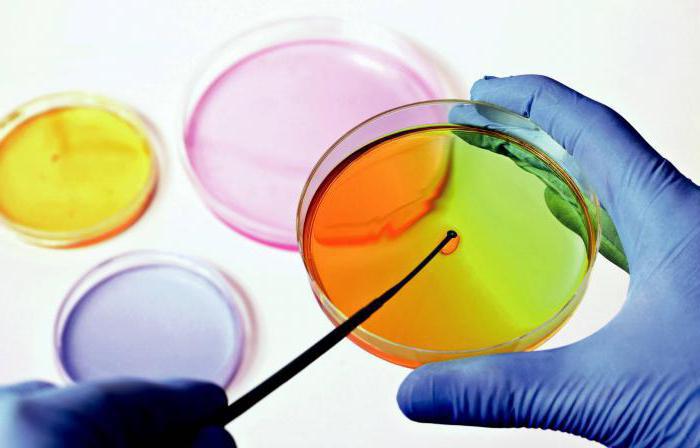
Coprogram - feces analysis to definition digestive capacity of the stomach and intestines. The main indicators Coprogram are the physico-chemical and microscopic characteristics of feces.
Analysis of a feces - is a simple, non-invasive, and thus very informative analysis. It allows to suspect many diseases of digestion, may help to control treatment and recovery. Coprogram also possible to determine the presence of parasites.
Indications
With the help of coprogram are diagnosed:
Also coprogram prescribed in comprehensive prevention as one of the basic research. Coprogram in dynamics shows the correctness of treatment and allows to carry out its correction.
The main parameters
In coprogram are analyzed visually defined indicators:
The presence of characteristic abnormalities in coprogram indicates the level of lesions of the stomach, intestines, endocrine glands. The analysis shows the extent of the violations and the effectiveness of therapy at the study in dynamics.
Preparing to coprogram
To eliminate the influence of external factors and nutrition, is required a proper preparation to the investigation:
Forbidden to use an enema or mechanical stimulation of the rectum, reception laxatives for analysis. Analysis of about one third container is collected in a special container with a tight lid.
Norm results and Abnormalities
Coprogram carried out by a number of indicators, comparing the results of the sample analysis with the established norms. Normal stool color is brown. This is due to the presence of bile in the stool. Normal stool color can range from light yellow to brown to almost black. If stool is red, maroon, black, clay-colored, pale, yellow, or green this may signify a problem. Consistency should be soft or compacted, a cylindrical shape, with soft fecal odor.
The color of stool may indicate both on taking certain foods and medicines, so and in pathology. Some causes of stool color changes include:
In the stool should not be identified fragments of food, on the surface should not be blood or mucus. The stool sample is carried out:
Normally, there should not be an occult blood, protein, bilirubin, and stercobilin must be determined - it gives the color. In normal analysis are absent eggs and vegetative forms of parasites, amebic cysts, lamblia cysts, ascomycetes.
Change of alkalinity in stool indicates the fermentation and putrefactive processes of the intestine, the presence of dysbiosis, dyspepsia, disturbances in the pancreas.
The increase in the number of white blood cells and mucus in feces - a sign of inflammation in certain parts of the guts, the presence of acute intestinal infections, ulcerative process.
The appearance of the protein present at a gastritis or duodenitis, pancreatitis and colitis.
The appearance in coprogram steatorrhea (neutral fat) or starch - are signs of malabsorption in the small intestine or the destruction of the pancreas. The presence of abnormal cells in the feces - a sign of tumor processes.
Symptoms of stool changes are usually related to the underlying cause and often there are accompanying symptoms such as:
Treatment for changes in stool depends upon on the cause and can vary widely. If stool changes only happen once or twice (are transient) they are less of a concern than those that are persistent. Contact a doctor if changes in feces are persistent.
Leave a Comment